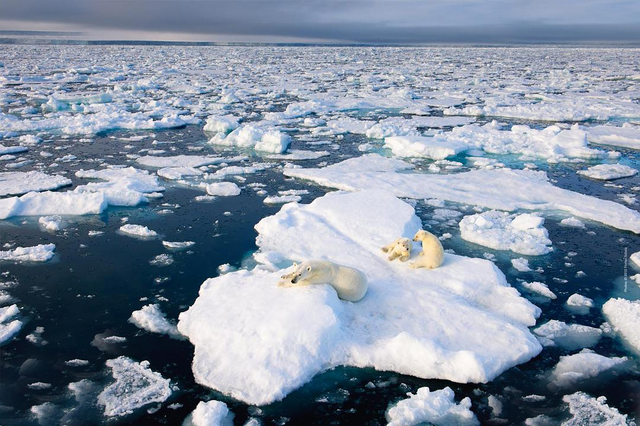The earth is round and the sun's rays are not evenly distributed. In places where the sun shines directly, the heat received from the sun is relatively more and the temperature is naturally higher, for example, the areas on both sides of the earth's equator are hotter and the temperature away from the direct sun is relatively lower, especially in the poles of the earth. The sun is not visible in winter in the south and arctic regions, as it is always below the horizon, and when summer arrives, although the sun is on the horizon, it does not rise above 23.5°. Because they receive so little sunlight, the north and south poles are very cold and sparsely populated all year round, making them one of the most sparsely populated regions in the world.
The south and arctic regions are relatively far from our human areas of existence, and with the extremely harsh environment in these regions, it would be logical to assume that without direct human destruction or influence, the north and south polar regions would not be subject to too much human influence to change. But this is not the case. Even though we have not directly reached the north and south poles to develop them, they have been deeply affected over the years, and some scientists have even said that a "New arctic" Is being formed, for reasons that have a great deal to do with us humans.
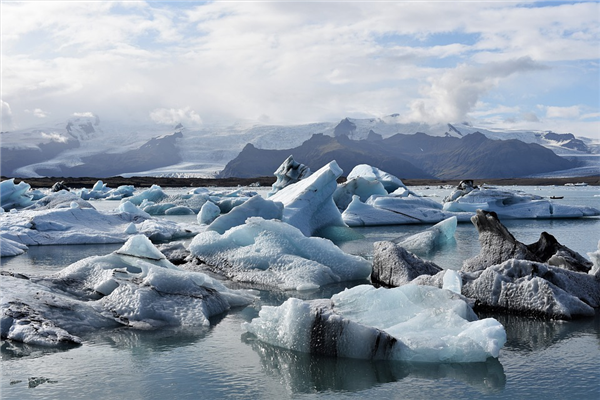
Of course, the 'new arctic' does not mean that the arctic is shifting to other regions, but that the once icy arctic is undergoing dramatic changes, such as shrinking sea ice in the arctic ocean, rising temperatures in the arctic and changing rainfall patterns. Driven by warming, there is at least one new sign that a 'new arctic' has indeed emerged, and as warming continues, the changes in the arctic will continue, eventually affecting the ecosystems of the arctic ocean and even other seas, and thus ourselves.

Mysterious giant holes keep appearing in the arctic circle
Although both the north and south poles are polar regions, there are many differences between the south and north poles. For example, the sea ice on the surface of the arctic ocean is constantly drifting and breaking up and melting due to ocean currents, preventing it from accumulating into ice caps several thousand metres thick, whereas in the antarctic there are ice caps several thousand metres thick. Furthermore, the arctic has a large permafrost layer, which is constantly being exposed in a warming climate, for example, by the remains of prehistoric creatures buried under the permafrost. Scientists conducting research in the arctic circle have also discovered some mysterious giant holes in the siberian plains within the arctic circle.
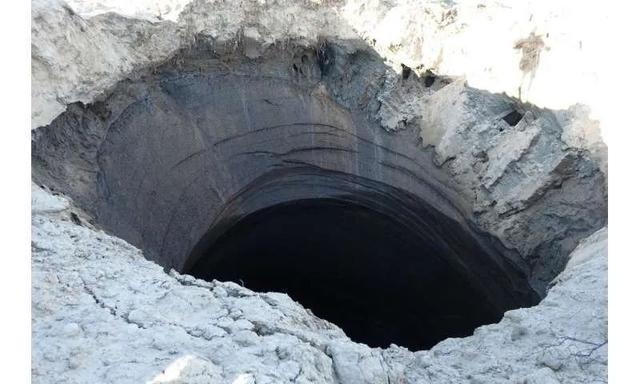
The first of these mysterious caves, named gec-1, was discovered several years ago when researchers flew by helicopter over the yamal peninsula in the north-western siberian plain, reaching a depth of 52 metres and a diameter of about 20 metres. After analysing satellite images, researchers confirmed that the mysterious hole was formed in october 2013. In fact, there are many such giant holes within the arctic circle, and scientists have discovered as many as 17 mysterious giant holes on the yamal peninsula and the neighbouring gidan peninsula alone.
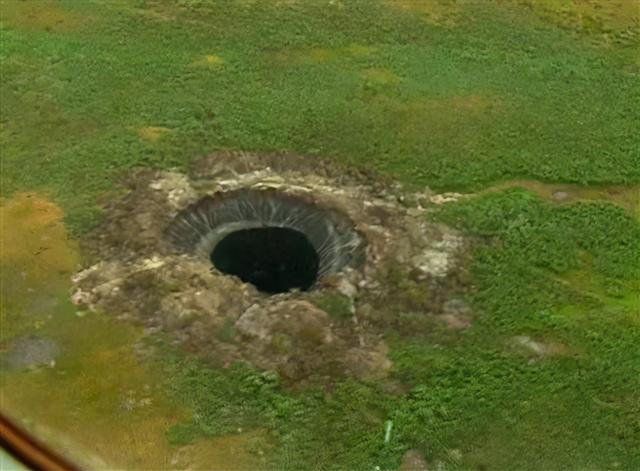
How did these giant holes form in the permafrost layer that litters the area? Researchers believe that there are anisotropic gases such as methane and carbon dioxide underneath the permafrost, and as these gases increase, the permafrost layer is pushed upwards, and when it expands to a certain level, it explodes, and the period between the accumulation of gases and the explosion of the giant holes is only 3-5 years, so the formation of these giant holes can be said to be relatively quick. As to the source of the gas, researchers believe that there may be a large number of microorganisms underneath the permafrost, which break down the organic matter beneath the permafrost and release gases such as methane. Other ideas suggest that methane and other gases are present beneath the permafrost itself, and that as the earth's climate continues to warm, the water-ice material beneath the permafrost melts, releasing these gases. When large amounts of methane and other gases are released from the permafrost, they can push the permafrost layer ever higher, eventually exploding to form giant holes.

With the emergence of these giant holes, it means that the methane and carbon dioxide gases previously buried under the permafrost will be released on a large scale, which is not good news for mankind, because the emission of these greenhouse gases will intensify the warming trend of the earth, which in turn may accelerate the melting rate of the permafrost in the arctic, eventually forming more mysterious giant holes. So, scientists are worried about this one phenomenon.
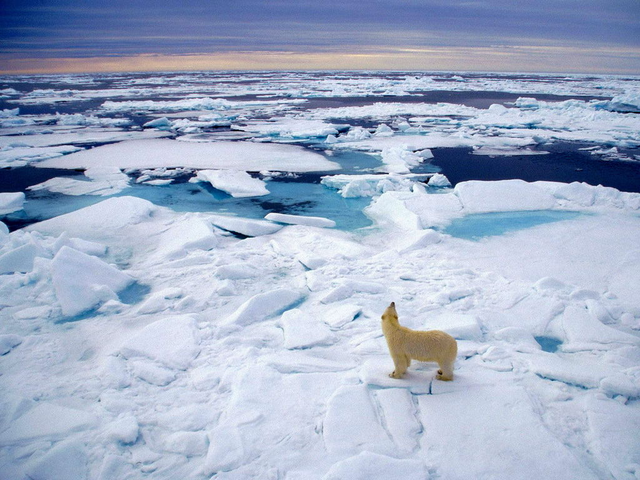
Where does the future of humanity lie?
The warming we are seeing now is only one of many problems facing the planet, and as it continues, there will be a whole host of unexpected problems that will eventually affect us. If there is a real catastrophe on earth, where will we go from here? What we can do is to prepare for these disasters before they land, and to minimise the damage. For example, we can take steps to slow down the warming trend before it gets out of hand, so that the rise in the earth's temperature is less pronounced and may even be reversed with effective measures. But the process is a long one, and the world needs to work together.


